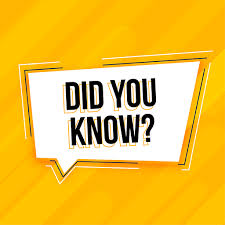
simply amazing, always for you.
The kidneys are located in the lower back, positioned on either side of the spine. These essential organs are situated in the retroperitoneal space, which lies behind the peritoneum, the lining of the abdominal cavity. Each kidney is placed just below the rib cage, with the right kidney typically positioned lower than the left due to the space occupied by the liver.

Size and Shape
Each kidney is about the size of a fist and is shaped like a bean. They are approximately 4–5 inches in length and have a concave shape, with an outer layer that is smooth. These organs are critical for filtering waste and maintaining the balance of fluids and electrolytes in the body.
Anatomical Position
The kidneys are located in the posterior abdominal cavity, below the rib cage. The right kidney is generally lower than the left, owing to the position of the liver, which occupies space on the right side. This asymmetry is a natural part of human anatomy and allows for proper organ placement within the body.
Protection and Support
The kidneys are surrounded by several protective layers. The outermost layer is a fibrous capsule that shields the kidneys from damage. Beneath this capsule is a layer of fat known as perirenal fat, which cushions the kidneys and provides insulation. Additionally, the kidneys are surrounded by the renal fascia, a connective tissue structure that helps anchor the kidneys to surrounding organs and tissues.
Blood Supply and Filtration
The kidneys receive blood from the renal arteries, which branch off from the abdominal aorta. This blood is filtered through tiny structures called nephrons, which are the functional units of the kidney. Each nephron consists of a renal corpuscle and a renal tubule, which work together to filter waste products, excess water, and electrolytes from the blood. After filtration, the clean blood exits the kidneys through the renal veins and is returned to the heart through the inferior vena cava.

Fluid and Electrolyte Balance
One of the kidneys’ key functions is to regulate the body’s fluid and electrolyte balance. They help control the levels of sodium, potassium, and other ions in the bloodstream by filtering excess substances and reabsorbing necessary nutrients. The kidneys also help regulate the volume of blood and maintain the overall fluid balance in the body.
Blood Pressure Regulation
The kidneys play an important role in regulating blood pressure. When blood pressure drops, the kidneys release a hormone called renin, which activates a series of events that help constrict blood vessels and increase blood volume, thus raising blood pressure. By adjusting blood volume and vessel constriction, the kidneys help maintain stable blood pressure levels.
Hormonal Functions
In addition to filtering waste and regulating fluid balance, the kidneys produce essential hormones. One such hormone is erythropoietin, which stimulates the production of red blood cells in the bone marrow. The kidneys also produce an active form of vitamin D, which is crucial for the absorption of calcium and phosphate in the intestines, supporting bone health.
Conclusion
In summary, the kidneys are located in the lower back, on either side of the spine, just below the rib cage. They are bean-shaped organs responsible for filtering waste, regulating blood pressure, maintaining fluid balance, producing hormones, and supporting red blood cell production. Their anatomical position and structure are essential for carrying out these vital functions, which are crucial for overall health and homeostasis.

Support Our Website!
We appreciate your visit and hope you find our content valuable. If you’d like to support us further, please consider contributing through the TILL NUMBER: 9549825. Your support helps us keep delivering great content!
Thank you for your generosity!
